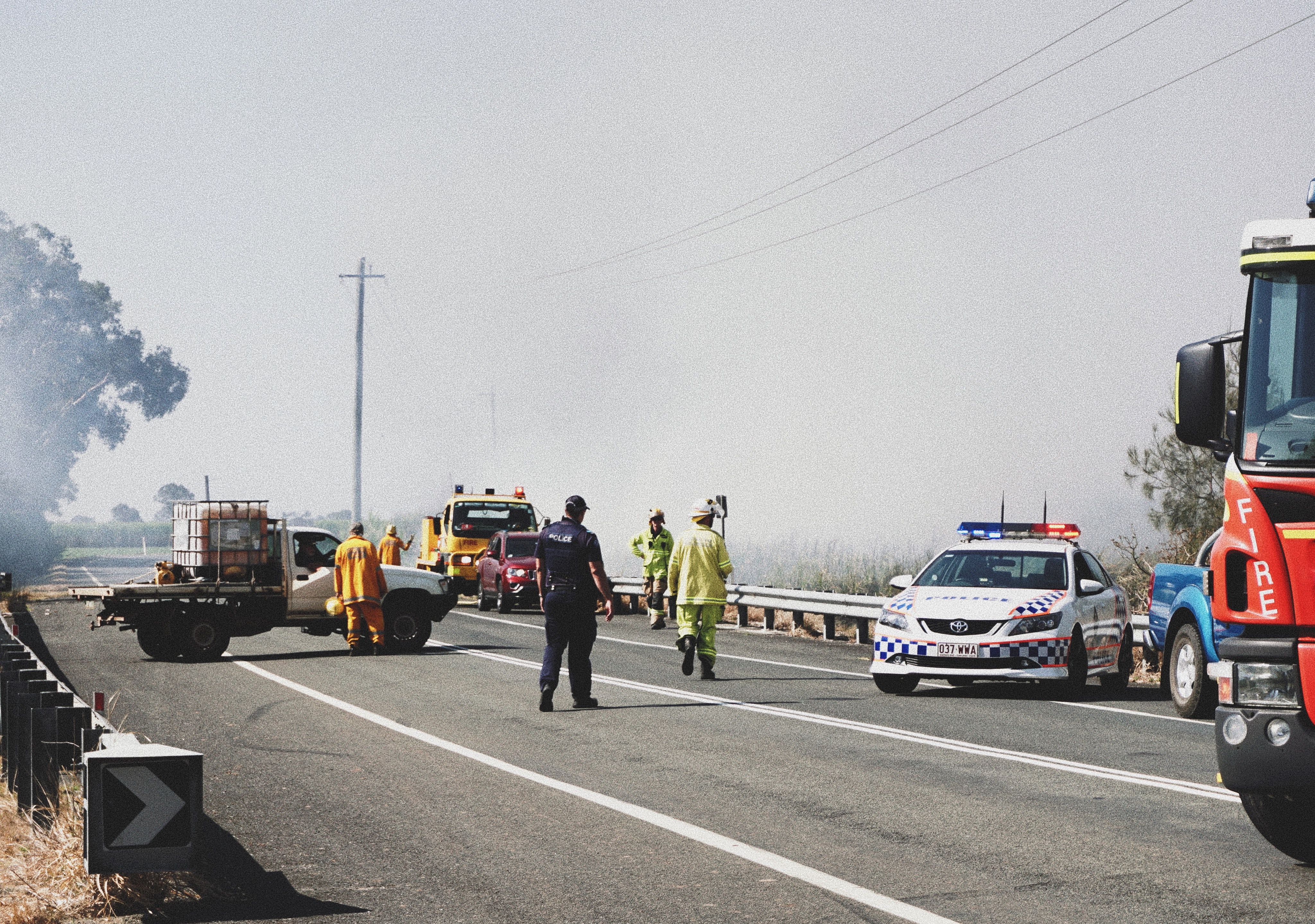What is Advanced Mobile Location, or AML?
Advanced mobile location, or AML, is a technology that has recently been introduced in Australia for the Triple Zero Emergency Call Service after previously rolling out in Europe, the UK and New Zealand. In an emergency, lives can depend on timely, accurate information. AML is designed to provide Emergency Call Service operators with precise location coordinates when a caller dials Triple Zero from a mobile, which removes some of the confusion that can come with trying to communicate your exact location.
How does it work?
Any mobile devices with compatible software have AML capability already installed, meaning you won’t have to download any apps or change any settings for it to work. Currently, devices running Android 4.1 or higher and iPhones running iOS 14.3 or higher are compatible with AML technology. AML also works on Apple Watches with GPS and cellular capability running watchOS 7.2 or later. Find out how to check which software your iPhone is running here, or click here for information about checking which Android software is on your device.
Assuming you have the necessary software installed on your device, AML is automatically activated when you dial Triple Zero. Using any available information from your device about your location, GPS signals, nearby Wi-Fi signals and mobile network information, the technology quickly estimates location coordinates and passes this information on to emergency services via SMS. This allows operators to quickly determine where you might be calling from.
Experts have said that AML technology can provide a person’s location within 5m if you’re outdoors, and 25m if you’re indoors. This automated SMS reportedly only takes around 25 seconds to be sent to emergency services, and is sent free of charge, just as calls to Triple Zero are free of charge.
It’s important to note that emergency services operators may still need to ask you verbal questions about your location, in case there are any details that technology isn’t able to provide them.
It’s also important to note that AML cannot be used to track people. This capability is only ever turned on when Triple Zero is dialled and terminates the second the call is ended. Creators of this technology have said that it cannot be ‘reverse engineered’ to track people.
What does it mean for people living in rural, regional or remote areas?
Given that more than 77% of calls made to Triple Zero are from a mobile phone, this technology has the potential to ensure people in vulnerable positions can get the assistance they need in a timely manner.
It’s great that tech developers and telcos are trying to address some of the difficulties people experience when they’re on the phone to Triple Zero. It can be daunting to try and describe your precise location if you’re caught in an emergency, especially when you’re unfamiliar with the area. While operators may still ask for information about your location, AML technology certainly helps to ease some of these difficulties when every second counts.
However, technology limitations mean that AML capability doesn’t work all of the time. Reports of Australians being unable to contact emergency services due to mobile black spots, which predominantly occur in regional, rural or remote areas, are an ongoing issue. Unfortunately, AML technology doesn’t work in mobile black spots as it requires reception to send an SMS to emergency services.
AML technology also doesn’t work when people are ‘camped-on’ to another mobile network. ‘Camping-on’ occurs when a caller dials Triple Zero outside their own provider’s network coverage, but within the coverage of another mobile carrier. This allows a caller to make a Triple Zero call regardless of who their provider is.
AML also doesn’t work in the following scenarios:
- Emergency calls made on fixed lines.
- Calls to the 106 emergency service number for people who are deaf, hearing or speech impaired that use a TTY (tele-typewriter) device. These are in the same category as fixed line calls.
- Emergency calls made using Voice over Wi-Fi or “Over the Top” services.
- Post-paid services that are subject to call barring and can no longer make outbound calls (these services can call Triple Zero but the AML SMS will not be sent).
- AML capable devices with only 3G subscriptions and in a 4G/LTE only coverage area.
- Tablets or mobile devices that are not capable of emergency voice communications.
- Emergency calls from wearable devices (except Apple Watch GPS + Cellular that may be compatible).
- Android devices with less than 5% battery level.


Comments (0)
Comments powered by CComment